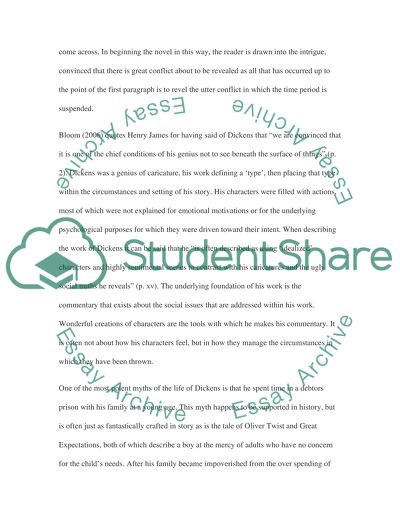Cite this document
(“A Tale of Two Cities: Violence and Revenge Research Paper”, n.d.)
Retrieved from https://studentshare.org/literature/1427125-a-tale-of-two-cities-violence-and-revenge
Retrieved from https://studentshare.org/literature/1427125-a-tale-of-two-cities-violence-and-revenge
(A Tale of Two Cities: Violence and Revenge Research Paper)
https://studentshare.org/literature/1427125-a-tale-of-two-cities-violence-and-revenge.
https://studentshare.org/literature/1427125-a-tale-of-two-cities-violence-and-revenge.
“A Tale of Two Cities: Violence and Revenge Research Paper”, n.d. https://studentshare.org/literature/1427125-a-tale-of-two-cities-violence-and-revenge.


